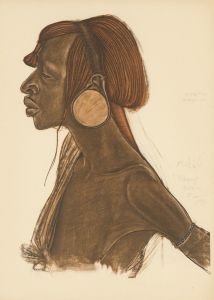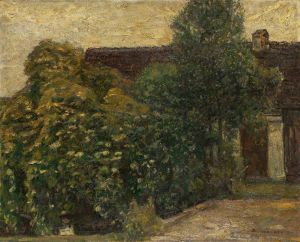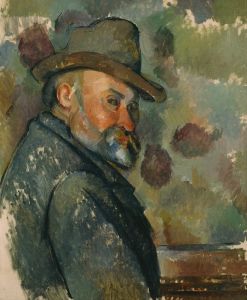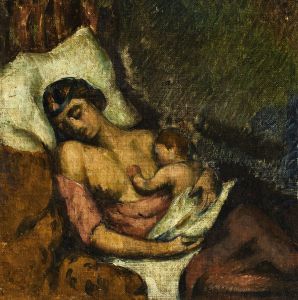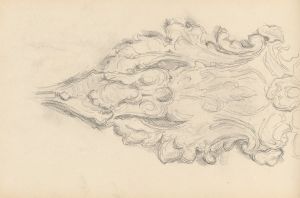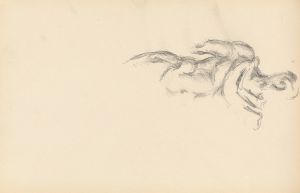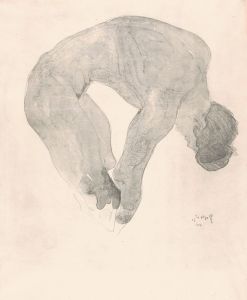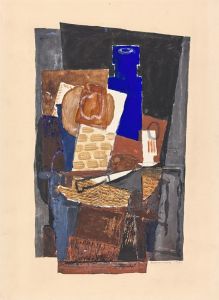
Two Heads
A hand-painted replica of Paul Cézanne’s masterpiece Two Heads, meticulously crafted by professional artists to capture the true essence of the original. Each piece is created with museum-quality canvas and rare mineral pigments, carefully painted by experienced artists with delicate brushstrokes and rich, layered colors to perfectly recreate the texture of the original artwork. Unlike machine-printed reproductions, this hand-painted version brings the painting to life, infused with the artist’s emotions and skill in every stroke. Whether for personal collection or home decoration, it instantly elevates the artistic atmosphere of any space.
Paul Cézanne, a pivotal figure in the transition from 19th-century Impressionism to 20th-century Cubism, is renowned for his unique approach to form and color. One of his lesser-known works, "Two Heads," exemplifies his exploration of human figures and his distinctive style that laid the groundwork for modern art.
"Two Heads" is a painting that reflects Cézanne's interest in the human form and his departure from traditional representation. While specific details about the painting's creation, such as the exact date and context, are not well-documented, it is consistent with Cézanne's broader body of work during his mature period. This period is characterized by his methodical approach to capturing the essence of his subjects through a series of methodical brushstrokes and a focus on the underlying structure of forms.
Cézanne's technique in "Two Heads" likely involves the use of his signature brushwork, which builds up the surface of the canvas with layers of color. This technique allows for a nuanced depiction of light and shadow, giving the figures a sense of volume and presence. His palette often includes muted tones, which contribute to the overall harmony and balance of the composition.
The painting's focus on two heads suggests an intimate study of human expression and interaction. Cézanne was known for his ability to convey emotion and character through subtle shifts in color and form, and "Two Heads" is likely no exception. The figures in the painting may exhibit a sense of introspection or dialogue, a common theme in Cézanne's portraits and figure studies.
Cézanne's influence on modern art cannot be overstated. His work, including pieces like "Two Heads," challenged the conventions of his time and inspired future generations of artists. His emphasis on the structural aspects of painting and his innovative use of color and form were crucial in the development of Cubism and abstract art. Artists such as Pablo Picasso and Georges Braque drew heavily from Cézanne's explorations, citing him as a major influence in their own artistic journeys.
While "Two Heads" may not be as widely recognized as some of Cézanne's other works, it remains an important piece within his oeuvre. It exemplifies his commitment to exploring the complexities of human perception and his relentless pursuit of capturing the essence of his subjects. Through this painting, Cézanne continues to engage viewers, inviting them to consider the depth and intricacy of human expression.
In summary, "Two Heads" by Paul Cézanne is a testament to the artist's innovative approach to painting and his lasting impact on the art world. Although specific details about the painting are scarce, its significance lies in its representation of Cézanne's artistic principles and his role as a bridge between traditional and modern art.






